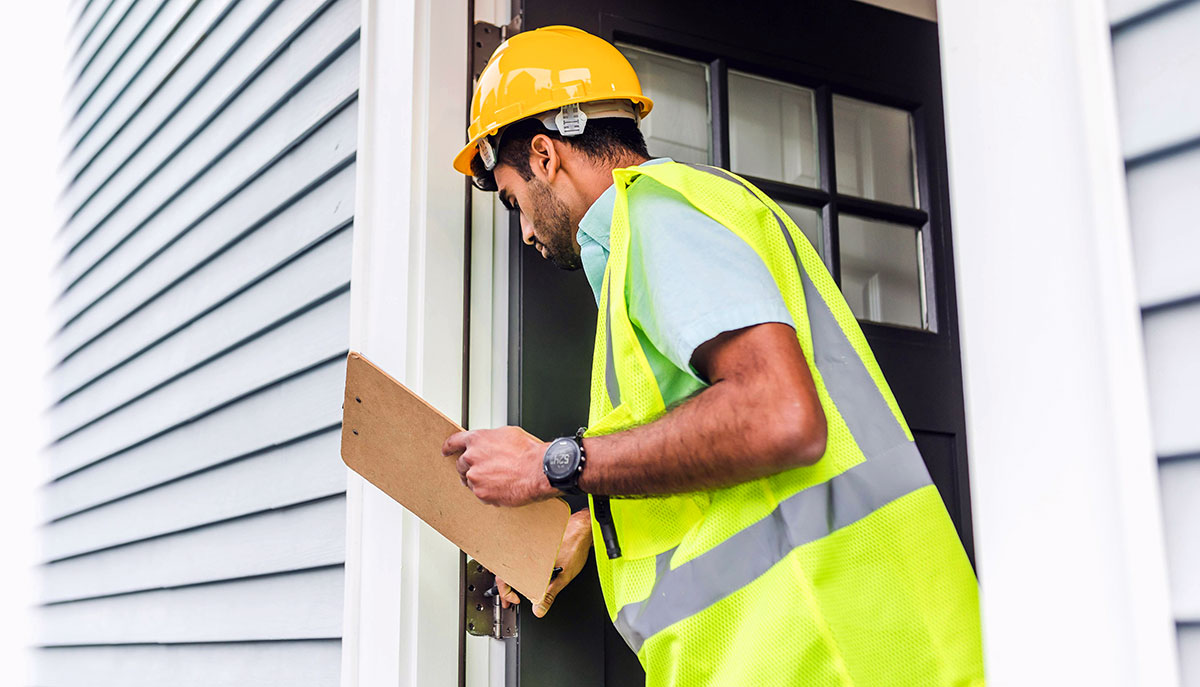
The First Steps You Should Take as a New Landlord
Becoming a new landlord can be challenging. You face many responsibilities and challenges, but starting on the right foot can set you up for success. This guide provides essential steps to ensure your journey begins easily, highlighting aspects such as property inspection, legal knowledge, and effective tenant management.
Key Considerations for a New Landlord
First and foremost, conducting a thorough property inspection is vital for a new landlord. Knowing the property’s current state helps you address immediate repairs and maintenance issues. Pay attention to both the exterior and interior of the property.
Check for structural problems, plumbing leaks, electrical issues, and safety hazards. Evaluating the property’s compliance with local regulations ensures it meets safety standards, protecting you and your tenants. Consider hiring a professional inspector to provide a detailed report, which can save you time and prevent potential problems in the future.

A thorough property inspection, ideally by a professional, is vital for new landlords to identify repairs, ensure safety compliance, and prevent future issues
Understand Local Landlord-Tenant Laws
Understanding local landlord-tenant laws is important. Legal knowledge is fundamental to avoid potential disputes and legal issues. Familiarize yourself with key laws, including tenant rights, lease agreements, eviction procedures, and property maintenance obligations.
Many resources, such as government websites and landlord associations, are available online to help you stay updated on changes. Non-compliance with local laws can result in hefty fines and damage your reputation, making this step indispensable.

A new landlord should also stay updated on any changes in local landlord-tenant laws to maintain legal compliance and protect both their interests and those of their tenants
Prepare the Property for Tenants
In short, preparing the property for tenants is essential for creating a positive first impression. Ensure the property is clean, well-maintained, and ready for occupancy. Address any repairs or maintenance tasks identified during the inspection.
Adding amenities like modern appliances or fresh paint can enhance the property’s appeal. After all, creating a welcoming environment sets the tone for a positive landlord-tenant relationship and encourages tenants to take good care of the property.
Coordinating with a reliable moving company is also essential to managing properties in different cities. For example, landlords in Los Angeles can rely on Good Neighbors Moving Company Los Angeles to ensure easy transitions for their tenants.
These experienced movers in Los Angeles can help by handling the heavy lifting, packing, and transportation, reducing stress, and providing a smooth moving process for landlords and tenants. This support is important, especially when managing multiple properties or dealing with tenant turnovers.

A landlord should prepare for tenants by ensuring the property is well-maintained and by establishing clear lease agreements that outline responsibilities for both parties
Set Competitive and Fair Rent Prices
Setting competitive and fair rent prices is another key point to consider. Research the local rental market to understand the going rates for similar properties in your area. When determining rent prices, consider the property’s condition, size, location, and amenities.
Overpricing can deter potential tenants, whereas underpricing may lead to financial losses. For comparisons, utilize online rental platforms and local listings. Also, consider consulting with real estate agents or property managers who can provide valuable insights into the market dynamics.
Create a Comprehensive Lease Agreement
Of course, having a comprehensive lease agreement is essential for clear and effective landlord-tenant relationships. A well-drafted lease outlines the terms and conditions of the tenancy, including rent amount, payment schedule, lease duration, and maintenance responsibilities.
Customizing the lease to address specific needs, such as pet policies or subletting rules, can prevent misunderstandings. Ensure that the lease complies with local laws and includes provisions for handling disputes. A legal review of the lease agreement can further enhance its enforceability and protect your interests.
Develop a Tenant Screening Process
Developing a tenant screening process is another important step. Effective tenant screening helps you select reliable and responsible tenants, reducing the risk of future problems. Begin by defining clear criteria for tenant selection, including credit history, income level, rental history, and background checks.
Conducting thorough credit checks and background investigations can reveal potential red flags. Be mindful of legal considerations, such as anti-discrimination laws, to ensure a fair and compliant screening process. A well-defined tenant screening process can save you time and mitigate risks associated with troublesome tenants.
Establish Clear Communication Channels
Establishing clear communication channels is vital for effective landlord-tenant interactions. Good communication helps address tenant concerns promptly and fosters a positive relationship. Determine the preferred communication methods by phone, email, or a property management platform.
Set expectations for response times and communication frequency. Utilizing tools and platforms for property management can simplify communication and record-keeping, making it easier to manage tenant inquiries and maintenance requests efficiently.
Managing Renovations and Tenant Transitions
Renovating your property can significantly increase its value and appeal, but it requires careful planning to minimize disruptions for your tenants. One effective strategy is renting storage during renovation to safely store furniture and belongings, ensuring they are not damaged. Using a storage unit protects tenants’ belongings from construction dust and debris and helps maintain a cleaner and more organized work environment, speeding up the renovation process. That also provides more space for contractors to work efficiently.
However, clear communication with your tenants about the renovation schedule and expectations is essential. Offer temporary solutions, such as discounted rent or assistance finding short-term housing if needed. These steps protect tenant property and foster a positive relationship.
Plan for Ongoing Maintenance and Repairs
Planning for ongoing maintenance and repairs is another key aspect of being a successful landlord. Create a maintenance schedule that includes routine inspections, seasonal tasks, and preventive measures. Budgeting for routine and unexpected repairs ensures you are financially prepared for any issues.
Establishing relationships with reliable contractors and service providers can expedite repairs and maintenance tasks. Promptly addressing maintenance issues keeps the property in good condition and enhances tenant satisfaction. Quick response to maintenance requests demonstrates your commitment to providing a safe and comfortable living environment.
Navigating Property Management in Different Cities
Managing properties in diverse locations requires tailored strategies to address each area’s unique demands. For instance, the Las Vegas real estate market presents unique challenges with its tourism and population. It necessitates a dynamic approach to tenant screening and property marketing. In contrast, understanding the growing tech industry and increasing housing demands is important for effective property management in Reno.
Resources like Reno Property Management, a real estate insights and services website, can provide valuable information and support. Recognizing these local nuances is essential for maximizing rental income and maintaining high occupancy rates.
Summary
Becoming a landlord comes with its set of challenges and opportunities. Conduct thorough property inspections, understand local laws, set fair rent prices, and create comprehensive lease agreements. Develop a robust tenant screening process, prepare the property for tenants, establish clear communication channels, and plan for ongoing maintenance and repairs.
As a new landlord, these steps will help you build a solid foundation and foster positive landlord-tenant relationships. Continue to educate yourself and adapt to changes in the rental market, ensuring your success in this rewarding venture.